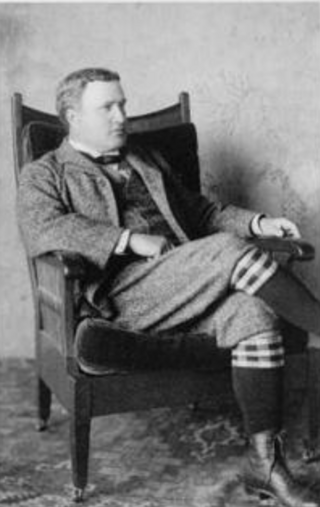
John Eliot Thayer was an American amateur ornithologist.

Rev. Nathaniel Thayer I was a congregational Unitarian minister.

Ednah Dow Littlehale Cheney was an American writer, reformer, and philanthropist.
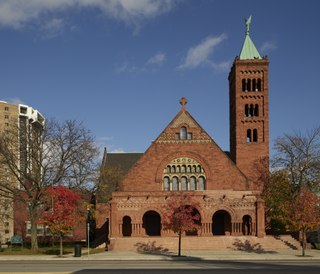
The First Congregational Church is located at 33 East Forest Avenue in Midtown Detroit, Michigan. It was designated a Michigan State Historic Site in 1974 and listed on the National Register of Historic Places in 1979.

Thomas Michael O'Leary is an American prelate of the Roman Catholic Church. He served as the bishop of the Diocese of Springfield in Massachusetts from 1921 until his death in 1949.
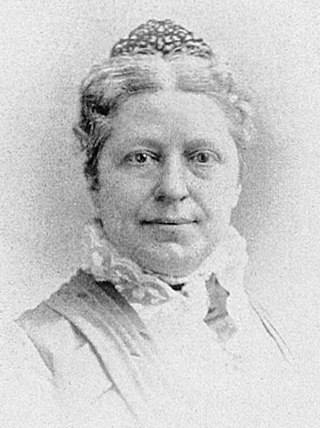
Charlotte White Hawes was an American composer, lecturer, music educator, poet and critic from Massachusetts. "God Bless the Soldier", written in 1890, was dedicated to the Grand Army of the Republic.

Electa Nobles Lincoln Walton was an American educator, lecturer, writer, and suffragist from the U.S. state of New York. Though she was co-author of a series of arithmetic books, the publishers decided that her name should be withheld. She became an advocate for the enfranchisement of women. She was said to be the "first woman to administer a state normal school". She was an officer of the Massachusetts Woman Suffrage Association, an active member and director in the New England Women's Educational Club of Boston, and president of the West Newton Woman's Educational Club since its organization in 1880. Though not a prolific writer, she sometimes contributed to the press. She was an occasional lecturer upon literary and philanthropic subjects.

Harriet Thayer Durgin (1843–1912) was a pioneering 19th-century American artist from the U.S. state of Massachusetts, who specialized in water colors and sketches of landscapes and still-lifes focused on botanical motifs. After studying in Paris, where she received special notice in the Salon of 1886, she shared a studio in Copley Square, Boston, with her sister, the muralist, Lyle Durgin. Durgin is remembered as one of the foremost American artists of the floral-painting genre during the late 19th and early 20th centuries.

Kate Parker Scott Boyd was a 19th-century American artist, journalist, and temperance worker from the U.S. state of New York. She won a number of medals and prizes in the Centennial Exposition of 1876.

Hannah Johnson Carter was a 19th-century American art educator from the U.S. state of Maine. She served as chair of form and drawing in the College for the Training of Teachers, president of the art department of the National Education Association, and director of the art department in the Drexel Institute of Art, Science and Industry.
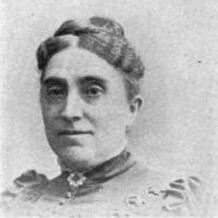
Anna Cheney Edwards was a 19th-century American educator from the U.S. state of Massachusetts. She served as Associate Principal of Mount Holyoke Seminary, 1872–1888; and as Professor of Theism and Christian Evidences, 1888–1890.
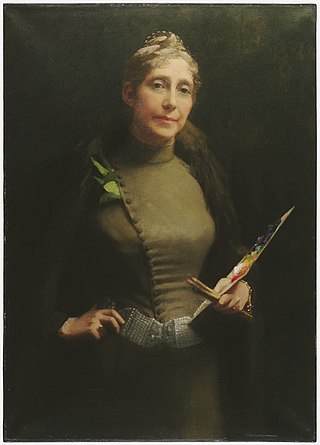
Helen Bigelow Merriman was a painter and art collector, and one of the founders of the Worcester Art Museum, to which she also donated a number of paintings by European and American artists. She wrote a number of books about art and spirituality.

Helen M. Winslow was an American editor, author, publisher, and journalist. She began her work on Boston papers. Winslow served as dramatic editor on The Beacon, 1891–97; editor, Woman's Club Department, Boston Transcript, 1893–98; editor, Woman's Club Department of the Delineator, 1897, and again 1912; editor and publisher, The Club Woman, 1897-1904; and she was the publisher of the Official Register of Women's Clubs in America from 1897. She was the author of Salome Sheppard, Reformer. 1893; Concerning Cats, 1900; Concerning Polly, 1902; Literary Boston or To-day, 1902; The Woman of To-morrow, 1905; The President of Quex, 1906; Peggy at Spinster Farm, 1908; A Woman for Mayor, 1910; The Pleasuring of Susan Smith, 1912; and At the Sign of the Town Pump, 1913. She collaborated with Frances Willard in Occupations for Women, and with Marie Wright in Picturesque Mexico.

Judith Walker Andrews was an American philanthropist and social reformer. She was the first president of the "National Alliance of Unitarian and Other Liberal Christian Women".
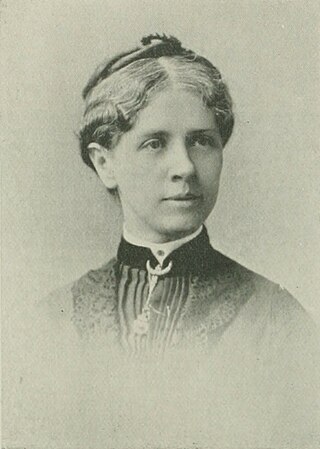
Adelaide Avery Claflin was an American woman suffragist and ordained minister.

Nellie George Stearns was an American artist and teacher of art. She taught and held exhibitions in the leading towns and cities of New England.

Mary Traffarn Whitney was an American minister and editor, as well as a social reformer, philanthropist and lecturer. She was one of the early Universalist women ministers, later changing her association to that of the Unitarian church. Whitney was the author of Honor between men and women (1896), FamilyCulture, the Science of Human Life (1897), Present Tendencies in Racial Improvement (1897), Hymns of Peace (1915), and Problems for seniors by a senior (1932).

Cora Stuart Wheeler was a 19th-century American poet and author. She was one of the most successful short-story writers of the day. It was during the civil war, as a girl in her father's committee-room at the Capitol, during President Lincoln's time, that ideas were formed which developed into her verse of later years. Wheeler, a well-known literary worker and journalist in her day, wrote verse, bits of humor, biographies, and racy, thrilling stories. She gave instructive, entertaining lectures, through which ran good-natured wit and purpose.
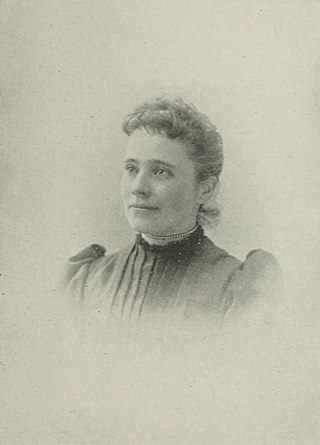
Mary L. Moreland was an American Congregational minister as well as a teacher and a writer. Among her publications can be counted Which, Right or Wrong? (1883) and The School on the Hill, Or, The New England Assembly (1885).
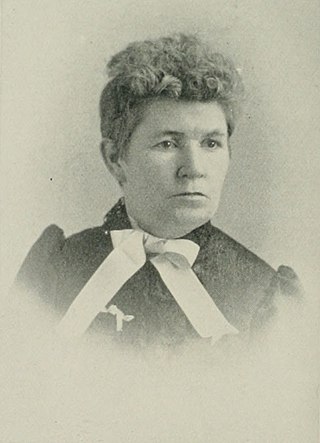
Lucy Switzer was an American temperance and suffrage activist. She wrote many articles for Pacific Christian Advocate and the Christian Herald, and was a columnist in Cheney, Spokane County, Washington. She established the women's suffrage movement in eastern Washington Territory.




















